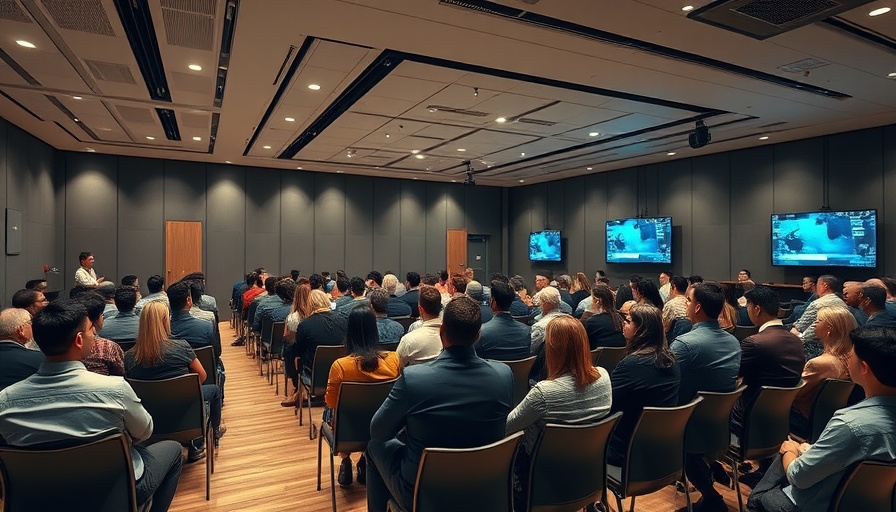
Unlocking Opportunities: The IE and JLL Design Wonder Award
In a forward-thinking move that bridging education with real-world application, IE University and JLL have unveiled the IE and JLL Design Wonder Award. This initiative not only offers a fully funded spot in a Master of Interior Design program in Madrid but also promises graduates two years of hands-on experience at JLL offices worldwide. It aims to cultivate a new wave of interior designers equipped with essential skills to address complex design challenges.
Understanding Interior Design’s Transformative Power
Interior design goes beyond aesthetic appeal; it enhances how we interact with our environments. According to Adrian Davidson, head of design at JLL, "Great interior designers have the power to transform spaces, enhancing how people live, work, and play." This sentiment resonates deeply with today's digital nomads, who seek comfortable and efficient workspaces. By investing in education and practical experience, the Design Wonder Award empowers the next generation to redefine spaces that improve productivity and wellness.
Why Sustainability and Technology Matter in Design
Today's design challenges include pressing issues like sustainability and the integration of technology. The program focuses on these critical areas, equipping students with knowledge on materials and sustainable practices, alongside technological advancements such as artificial intelligence. This combination ensures graduates not only craft visually pleasing designs but also ones that are environmentally conscious and efficient, aligning with global standards.
The Collaborative Spirit of Design Education
The partnership between IE University and JLL is grounded in mutual benefits—bringing together academia and industry to enhance design education. As Nicasio Gutiérrez, PDS global head of design at JLL, notes, the collaboration epitomizes a powerful synergy. Students involved in this initiative will benefit from exposure to professional insights and mentorship, making them well-rounded design experts ready to tackle real-world projects.
How to Apply: Steps to Joining This Innovative Initiative
In order to be considered for the Design Wonder Award, prospective students must submit an application for the Master of Interior Design and a 500-word abstract outlining their fit for the award. Demonstrated academic excellence in design is crucial, making the selection process competitive. Applications close on May 16, 2025, with classes commencing in September—a timeline that encourages interested students to act promptly to seize this unique opportunity.
The Future of Interior Design: Predictions and Trends
As we look to the future, interior design is set to evolve, steering further into realms of technological integration and ecological sensitivity. The curriculum offered through the Design Wonder Award is designed to lead students directly into this future, preparing them not just to follow trends but to set them. Professionals in this space will increasingly be seen as innovators who not only understand design principles but thrive on creativity that meets evolving societal needs.
 Add Row
Add Row  Add
Add 




Write A Comment